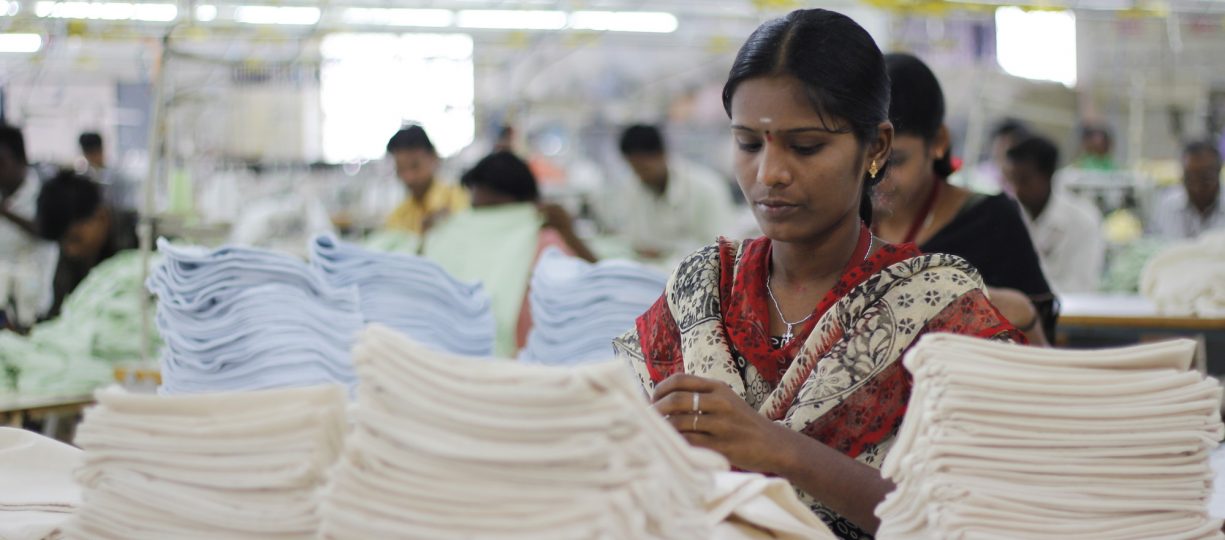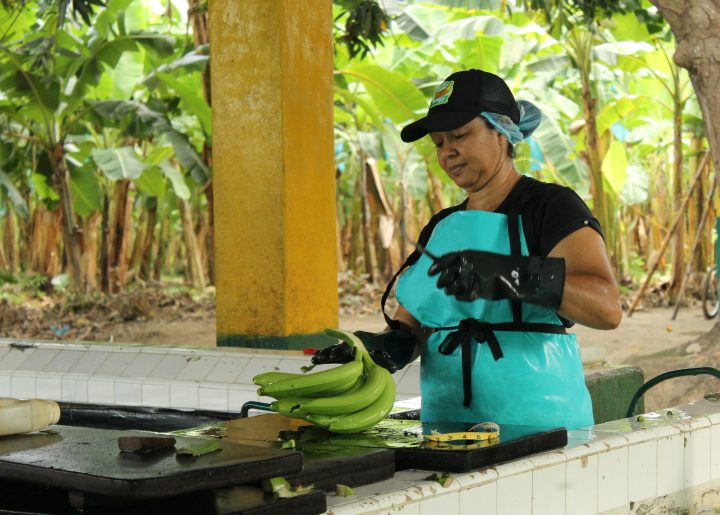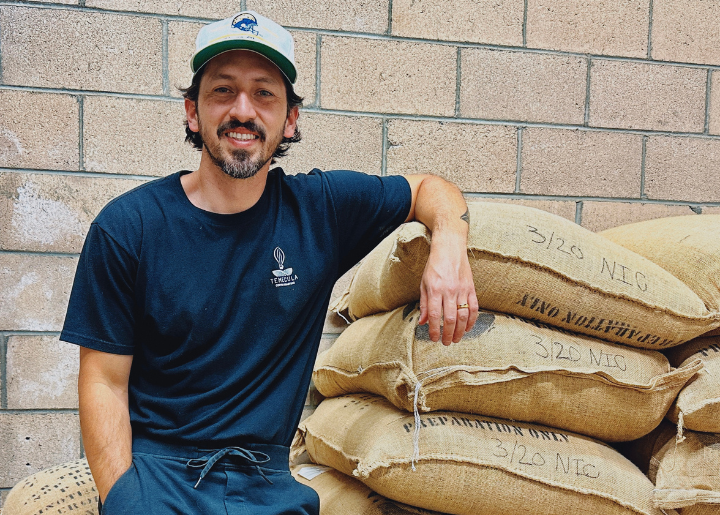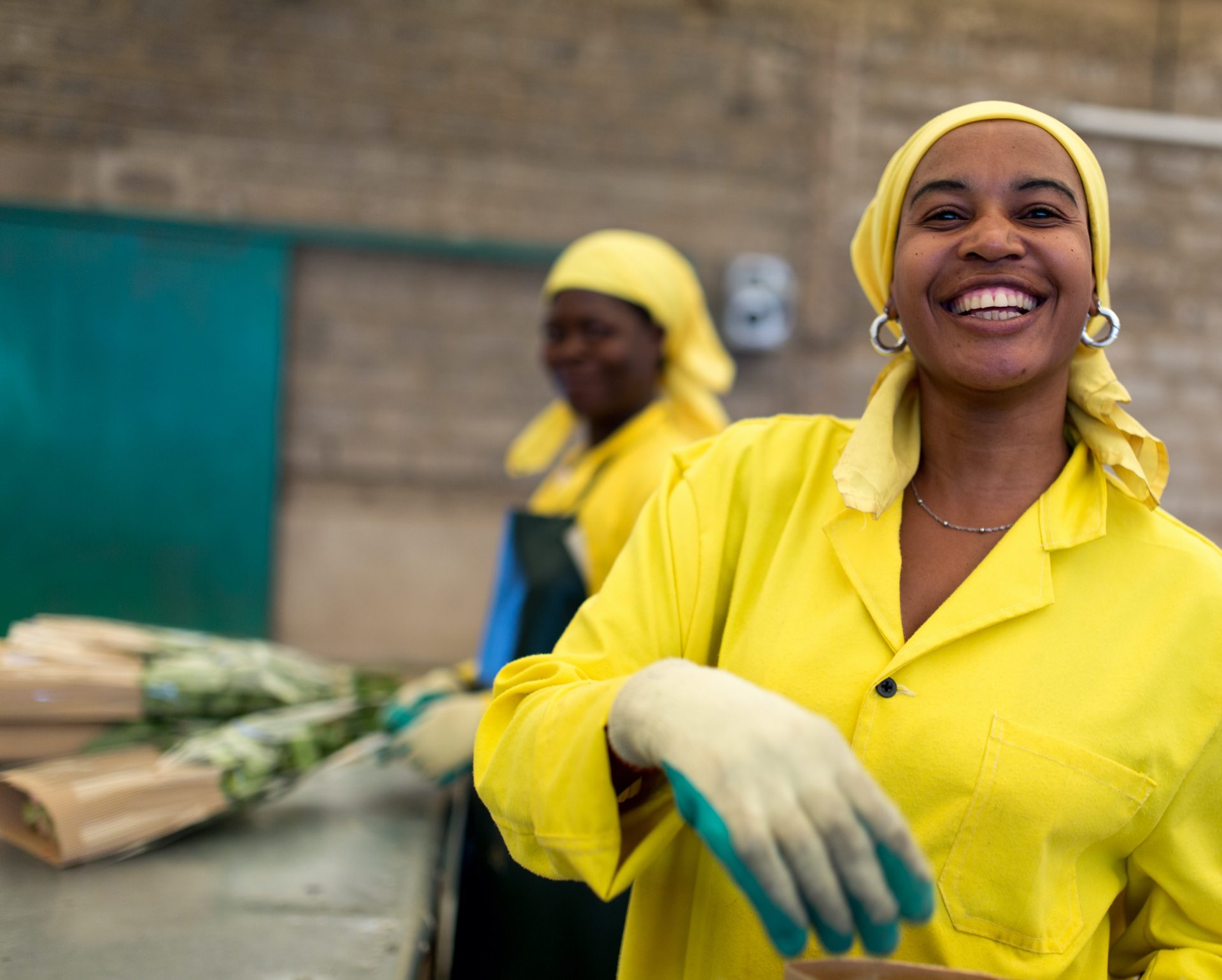Continuing the Conversation: An Interview Nazma Akter

While the struggle continues for fair treatment of the workers who make our clothes, there are signs of improvement over the past year. Nazma Akter, a garment worker and founder of the AWAJ Foundation, shares with Fairtrade America.
What has changed since last year?
A number of unions have signed agreements with their companies to increase their salary and welfare benefits (holiday bonus, day care centers, food, grievances mechanisms, etc.), as well as a number of issues. Most of these agreements were signed during the crisis in Ashulia, during which a number of workers were arrested and imprisoned. Factories with functioning unions were not involved in the crisis in this way, but instead leveraged their power to pass agreements with management that increased their power and benefits.
Although the event was very difficult for the industry, it also served as an example of how unions can help stabilize the industry for the benefit of management and workers. A number of new unions have formed as a result and we hope to increase this over the next year.
Are there other improvements?
Similar to the above, we continue work to stabilize the industry in the wake of the crisis. There is also increased price pressure in the industry, which impacts worker wellbeing. That being said, there are many things in the industry are improving.
Women’s participation is increasing, alongside improved safety and security, and factory infrastructure. Benefits for women are also growing, with greater recognition and implementation of benefits, such as maternity leave. Workers themselves are more actively aware of and demanding decent working conditions.
What obstacles currently still exist?
Low wages remain the key issue in the industry. Living conditions and nutrition among workers continue to be of a very low standard and there is also a lot of pressure on workers to do excessive hours. It is also hard for workers to remain in the industry after the age of 40 due to high production pressure. Women are under-represented among middle management and decision-makers.
Transparency in the industry is also still at a low level, so standards and subcontracting can be hard to manage. There is also limited access to education for children, which reduces opportunities for the next generation to reach a good standard of earning and living.
How has the situation changed since you first began working in the garment industry?
I started working in the garment industry in 1986 and have seen a huge number of positive changes since that time. In the last year alone, we have had many successes, with more engagement and awareness among workers, a greater number of unions forming, great improvements in factory infrastructure and safety. The biggest area that lags is wages. These remain far too low, while living costs are only increasing.
Price pressure from brands is also intensifying, which means factory management have no option but to put increasing pressure on workers. We need to focus our efforts on better profit distribution in the supply chain, particularly between the brands and the factories, who need to be making enough money to pay workers fairly and maintain decent working standards.
Get involved with Fashion Revolution and support garment workers!
We’re in this together
Fairtrade America partners with brands on the journey to certification and beyond. We can help with everything from finding a certified supply chain to marketing your newly certified product.
Get in Touch



